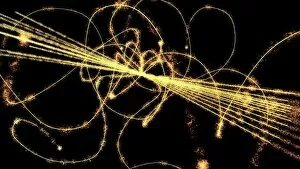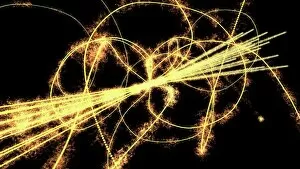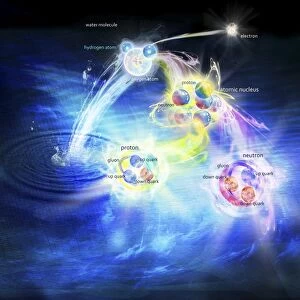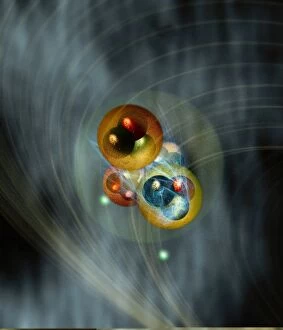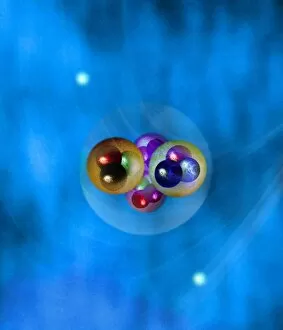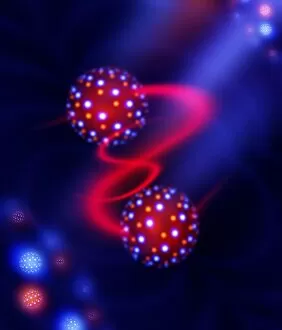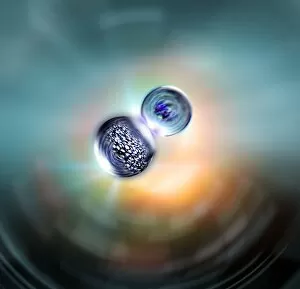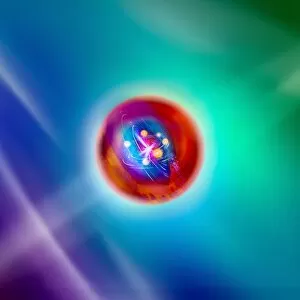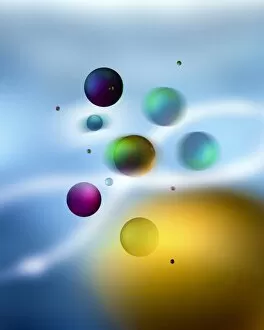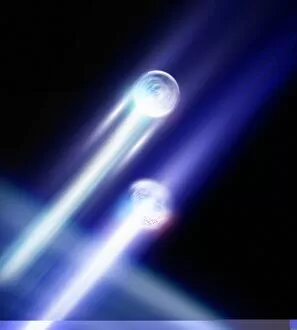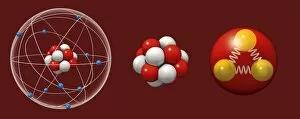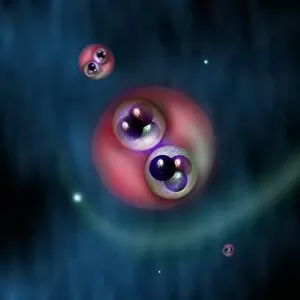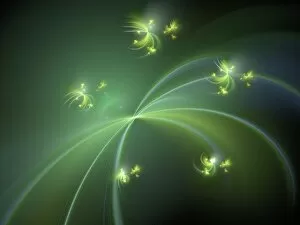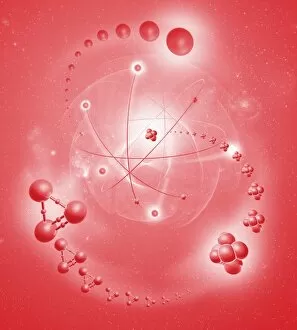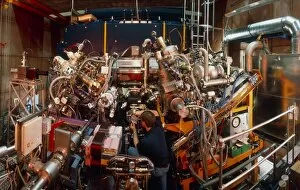Quarks Collection
"Unveiling the Mysteries of Quarks: A Journey into Particle Physics" Step into the fascinating world of particle physics
For sale as Licensed Images
Choose your image, Select your licence and Download the media
"Unveiling the Mysteries of Quarks: A Journey into Particle Physics" Step into the fascinating world of particle physics, where scientists delve deep into the secrets of matter. Through groundbreaking experiments and captivating artwork, we explore the enigmatic realm of quarks. In our first glimpse, a mesmerizing particle physics experiment unfolds before our eyes. The intricate dance of particles reveals clues about their elusive nature. Each movement holds a key to understanding the fundamental building blocks that make up our universe. Moving on, we encounter breathtaking artwork depicting the structure of matter. Delicate strokes and vibrant colors bring to life the intricate web woven by quarks within atoms. From hydrogen's simple elegance to helium's complex arrangement, these conceptual models showcase their beauty in all its glory. A conceptual image captures atomic interactions in an ethereal display. Like celestial bodies gravitating towards each other, atoms engage in an elegant cosmic ballet orchestrated by unseen forces, and is through such interactions that quarks reveal their true essence – shaping everything from stars to galaxies. As we journey further, striking conceptual artworks emerge – particles suspended in a symphony of color and form. These visual representations invite us to contemplate the profound complexity hidden beneath seemingly ordinary matter. They remind us that even at this minuscule scale, there is boundless wonder waiting to be unraveled. Finally, we come face-to-face with a conceptual model dedicated solely to quarks themselves – those mysterious entities that defy conventional understanding yet hold immense significance for our understanding of reality itself. Their existence challenges our perception and pushes scientific boundaries beyond imagination. Through this captivating exploration blending science and artistry, we are reminded that there is so much more left to discover about quarks and their role in shaping our universe. As humanity continues its quest for knowledge, may these glimpses into their world inspire curiosity and awe for generations to come.

